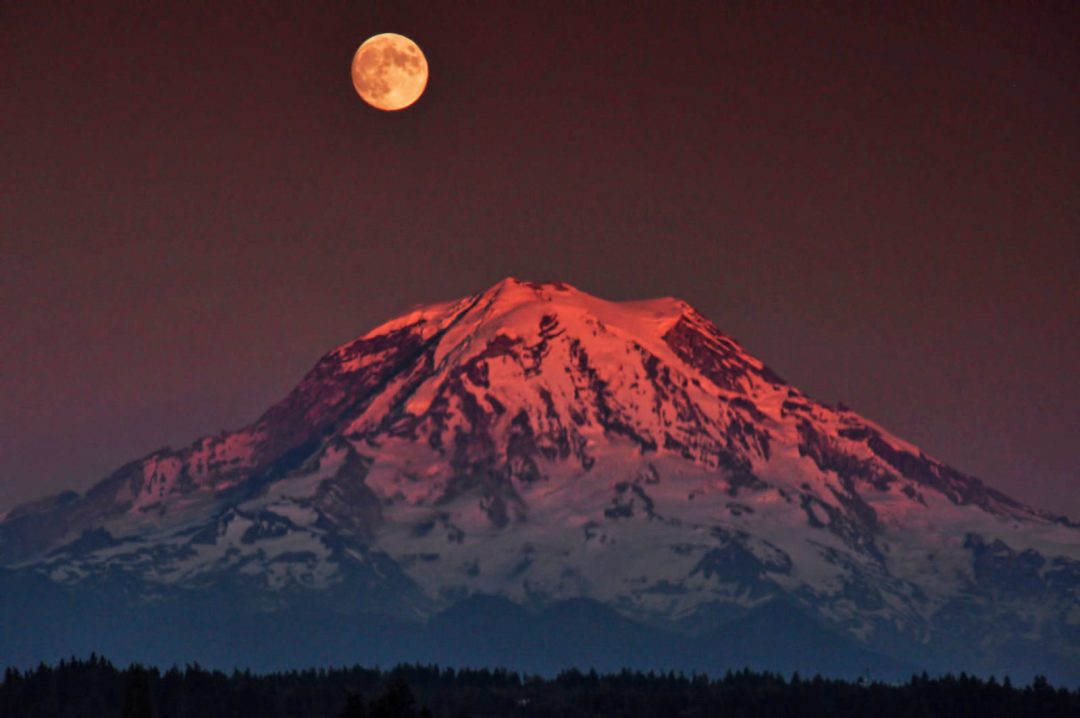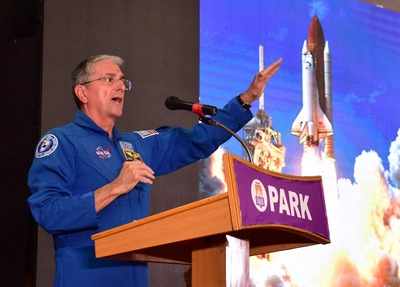NEW DELHI: India’s Chandrayaan 1 spacecraft helped NASA confirm the presence of frozen water deposits in the darkest and coldest parts of the Moon. Chandrayaan 1 was India’s first lunar mission that was launched on 2008 by the Indian Space Research Organisation. NASA’s Moon Mineralogy Mapper (M3) instrument, aboard the Chandrayaan 1 spacecraft, collected data that not only picked up the reflective properties of ice, but was able to directly measure the distinctive way its molecules absorb infra-red light, so it can differentiate between liquid water or vapor and solid ice. One of the objectives of Chandrayaan 1 is to design, develop, launch and orbit a spacecraft around the Moon.Here are 10 things to know how NASA and Chandrayaan found ice on the Moon:
- Most of the newfound water ice lies in the shadows of craters near the poles. Because of the very small tilt of the Moon’s rotation axis, sunlight never reaches these regions.
- With enough ice on the Moon’s surface – within the top few millimeters – water would possibly be accessible as a resource for future expeditions and even enable stay on the Moon, says NASA.
- The ice deposits are patchily distributed and could possibly be ancient, according to the study published in the journal PNAS.
- The team of researches included Richard Elphic from NASA’s Ames Research Center in California’s Silicon Valley.
- In 2017, using data taken from M3, scientists had created the first global map of water in the Moon’s soil.
- A day after NASA unveiled its analysis of data collected from lunar orbit by Chandrayaan 1, NASA Administrator Jim Bridenstine said, “We know that there is hundreds of billions of tons of water ice on the surface of the moon.”
- Although the moon was long believed to be entirely dry or nearly devoid of moisture, scientists have found increasing evidence in recent years that water exists there. A NASA rocket sent crashing into a permanently shadowed lunar crater near the moon’s south pole in 2009 kicked up a plume of material from beneath the surface that included water.
- Some of the specific areas of Chandrayaan 1 study are searching for surface or sub-surface lunar water-ice, especially at the lunar poles, identification of chemicals in lunar highland rocks and providing new insights in understanding the Moon’s origin and evolution.
- The Chandrayaan 1 spacecraft started suffering from several technical issues and stopped sending radio signals on August 28, 2009. Shortly after this, ISRO officially declared the mission over.
- In 2016, NASA used ground-based radar systems to relocate Chandrayaan-1 in its lunar orbit. Repeated observations over the next three months allowed a precise determination of its current orbit.




